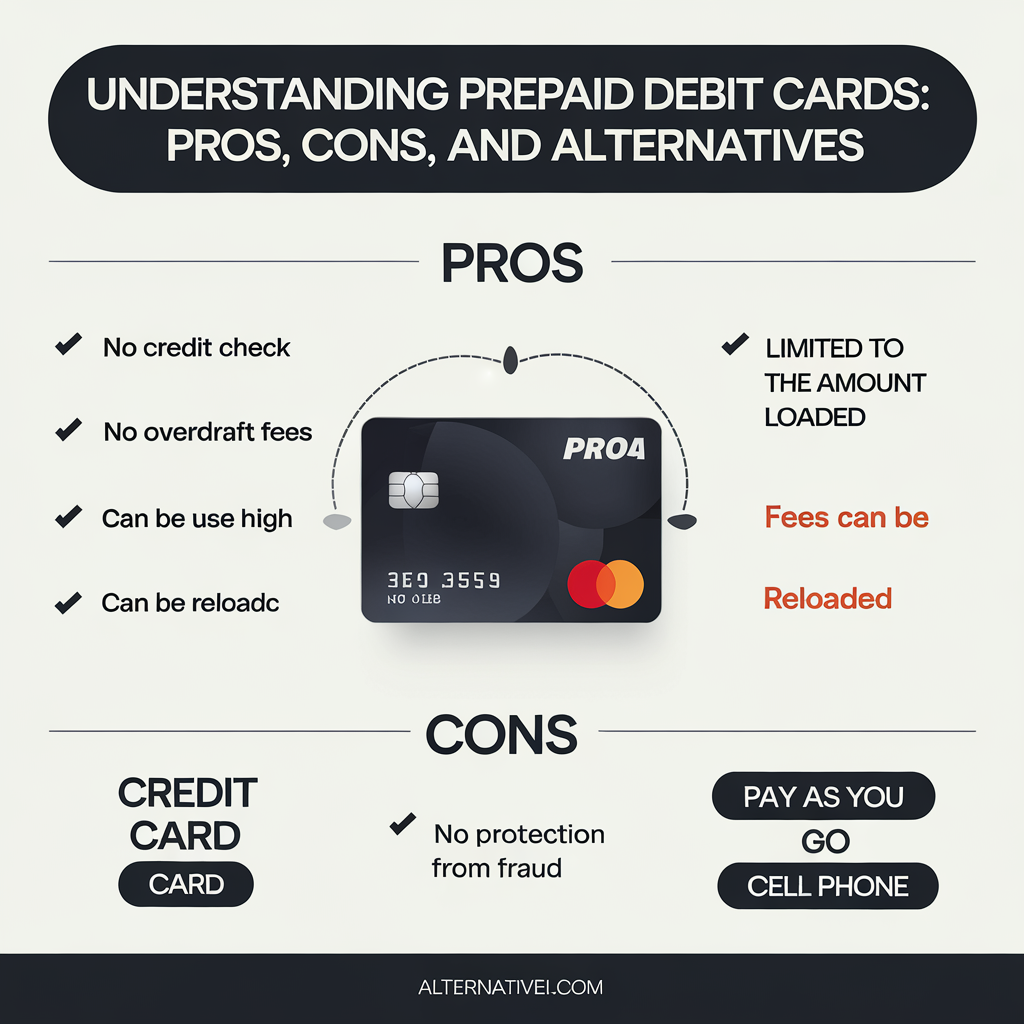Creating a Five-Year Financial Plan: Your Path to Financial Success
Five-year plans are a cornerstone in the realm of personal improvement. They serve as a tool for setting goals for your future, encompassing everything from your career to relationships, and strategizing to achieve them. A five-year financial plan focuses specifically on your money. Creating such a plan can help you gauge where you are now, get clear on where you want to go, chart your course, and stay motivated to get there. Here are five steps you can follow to create your own five-year financial plan.
Reflect on Your Finances
Before you set your sights on the future, take a moment to reflect on your current financial life. What are your financial successes? Jot down achievements you feel good about, such as paying off a credit card balance or improving your credit score. Knowing what makes you feel the best about your money management can help you set goals that work for you.
Next, think about anything that isn’t working. What challenges have you encountered recently, or what barriers stand between you and the lifestyle you want? For example, maybe you feel overburdened by expenses or unsure of how to start saving for retirement.
Lastly, envision the financial future you want. Do you see yourself working in a high-paying job, starting your own company, relocating to your dream city, having enough money to start a family, or using your savings to go back to school? Your vision can be as specific or as broad as you’d like. For example, you could simply envision yourself living with less financial stress, affording your bills, and setting aside savings with more ease.
Consider Your Starting Point
Before you set concrete financial goals, determine your starting point. Conduct a financial checkup by asking yourself the following questions:
- Are you budgeting? If not, consider creating a spending plan to help you cover your expenses and save for the future.
- How are you managing debt? Create a list of all the loan and credit card balances you’re carrying, interest rates, and due dates. Add up your minimum payments to get a baseline on how much you owe each month. Calculate your debt-to-income ratio (DTI) to gauge how confident you feel about paying off your debts.
- What are your career goals? How do you feel about your current employment, position, and pay? Consider setting future goals, such as furthering your education or training, going for a promotion, pursuing opportunities in other fields of interest, or picking up a side hustle.
- Are you prepared for emergencies? If you haven’t started an emergency fund, do it now. Even a small amount set aside each month in a high-yield savings account could help you avoid derailing your financial goals. Ideally, you’ll want to save enough to cover three to six months’ worth of basic expenses.
- Are you saving for retirement? If not, make a plan to start contributing to a retirement account. If you’re already investing, consider exploring rules of thumb for how much you should have saved for retirement by age and adjust your savings rate if needed.
- How’s your credit? Check your credit report and credit score to see where you stand. Gauge how you feel about managing your current debts, making on-time payments, keeping your credit card balances low, and setting goals for improving your credit score.
Write Down Concrete Goals
Take the areas of improvement you identified during your financial checkup and turn them into goals. One way to ensure you’re creating targeted, productive goals is by using the SMART goal method, which stands for Specific, Measurable, Achievable, Realistic, and Time-Based.
For example, say you have a five-year goal of saving for a down payment on a home. Here’s how you can make it SMART:
- Specific: To make the goal “save for a down payment” more specific, decide to save enough for a 20% down payment on a $250,000 home. In that case, you would need to save $50,000 to reach your goal.
- Measurable: How will you know you’re on track to reach your goal? In this example, you’d know you were on track if you were setting aside $10,000 per year, or around $834 a month.
- Achievable: Making goals achievable comes down to setting yourself up for success. In this example, making your down payment goal achievable could involve using a budget to keep your spending low and setting up automatic transfers into a down payment sinking fund each month.
- Realistic: Is it possible for you to meet your goal within five years? In this example, you would need to be able to save $834 per month. Depending on your income and expenses, that could be possible—or, it could be a tall order. Evaluate your unique situation to set goals that you can realistically strive toward.
- Time-based: Five-year goals have a timeline built into them, though you can always break up your goal further into years, months, weeks, or pay periods. Adding a timeline to your goal is motivating and helps you clearly see whether you’re still on track.
Whether it’s through the SMART strategy or a different approach, be sure you’re creating five-year goals that are tangible and that you’ll be able to confidently work toward.
Set Milestones
Depending on your perspective, five years from now may seem like the distant future—or, it may seem like not that much time at all. However you look at it, focusing on five-year outcomes alone won’t help you pinpoint what you need to do on a day-to-day basis to get there.
To make your five-year plan more actionable and help you track your progress, set frequent, regular milestones. One obvious way to break up your goals is by year. For example, if you want to save up a $10,000 emergency fund within five years, you could aim to stash away $2,000 a year. Breaking it down even further, you could aim to save $167 a month (which would put you just over your yearly goal).
But not all areas of your finances are so easily divided up. For example, what if your goal involves progressing in your career? You would need to get creative to set milestones that work for you. In this example, your milestones could include finding one networking opportunity per month, attaining new certifications in your field, or scheduling meetings with your manager to discuss potentials for promotions.
Use Automation to Your Favor
While you set goals at the conscious level, achieving your goals often comes down to your unconscious habits or the systems you put into place. One way to use systems to your advantage is through automation. Here are some examples:
- If your five-year plan involves saving more, you can automate your savings plan by setting up transfers on payday or by splitting up your direct deposit to ensure some goes into savings.
- If your goal is to pay all your bills on time, you can automate the habit by signing up for bill autopay (just be sure to budget to avoid bank account overdrafts).
- If your goal is to increase your retirement savings, you can automate contributions to your 401(k) or IRA. Some plans allow you to automatically up your deferments by a set percentage each year.
Pivot As Needed
Five-year plans are valuable because they help you fit your short-term goals into a larger picture, and they can be highly motivating. That said, life can be unpredictable. To stay on track, check in with your five-year plan regularly—such as once a month or every six months—and look for anything you might need to tweak. If your original plan no longer aligns with your future vision, don’t be afraid to overhaul your plan and set new goals.
Beyond that, know the limits of a DIY financial plan. If you need help setting long-term goals for retirement or navigating a tricky financial situation, enlist the help of a professional. For example, a financial advisor can help you create a plan for achieving the retirement you want. Or, if you need advice on managing debt, consider working with a nonprofit credit counselor to develop a strategy to get you back on track financially.
At O1ne Mortgage, we understand the importance of a solid financial plan. Whether you’re looking to save for a down payment on a home, manage your debt, or plan for retirement, we’re here to help. Call us at 213-732-3074 for any mortgage service needs. Let us help you achieve your financial goals and secure your future.







